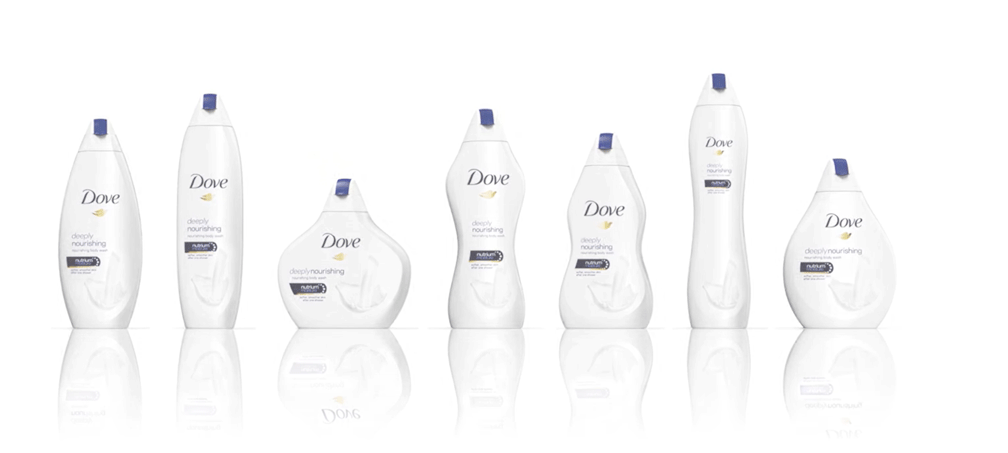 Beauty comes in all shapes and sizes, but do customers wish to be reminded of their differences? Dove’s limited edition collection of body wash bottles in the shape of different body types has come under fire from customers (“women don’t need to be categorized all the time”). Innovative? Sure. Wanted by the customer base? Apparently not.
Beauty comes in all shapes and sizes, but do customers wish to be reminded of their differences? Dove’s limited edition collection of body wash bottles in the shape of different body types has come under fire from customers (“women don’t need to be categorized all the time”). Innovative? Sure. Wanted by the customer base? Apparently not.
Innovation for the Sake of Innovation
The Dove experiment made us think: are brands innovating simply for the sake of innovation? Or are they actually calculating and addressing a market need when they innovate? And, is one better than the other?
“If I had asked people what they wanted, they would have said faster horses.” — Henry Ford
There is something to be said for innovation without consumer input. Some innovations would never be realized if it weren’t for visionaries like Ford. But success with these types of innovations are more of an exception than a rule. Listening to consumers to create calculated innovations and refine existing products based on actual market needs is a must.
This is especially true in today’s marketplace where consumers can get feedback from real buyers in a matter of seconds. In fact, 90% of shoppers read reviews left by 5% of buyers. That’s what we call leverage.
Measuring Innovation
 As you rapidly develop products to move into the marketplace, you make a substantial investment in time and resources. If the only mechanism you’re using to determine success is number of units sold, you’re missing the reasons behind the success or failure of the product. At Channel Signal, we call this “the why“.
As you rapidly develop products to move into the marketplace, you make a substantial investment in time and resources. If the only mechanism you’re using to determine success is number of units sold, you’re missing the reasons behind the success or failure of the product. At Channel Signal, we call this “the why“.
Analyzing and then leveraging product review data can help you close the feedback loop you started before your product went to market. The customers will tell you what worked, what did not and even provide suggestions on where to improve.
- Fix what is broken
- Scrap products that aren’t worth keeping
- Make sure what customers love stays what customers love as time goes on
- Gain insights for future innovations
The key is that you listen to, measure and analyze the feedback. What you do with it from there — that is, whether you innovate based on feedback or visionary ideas — is up to you.

